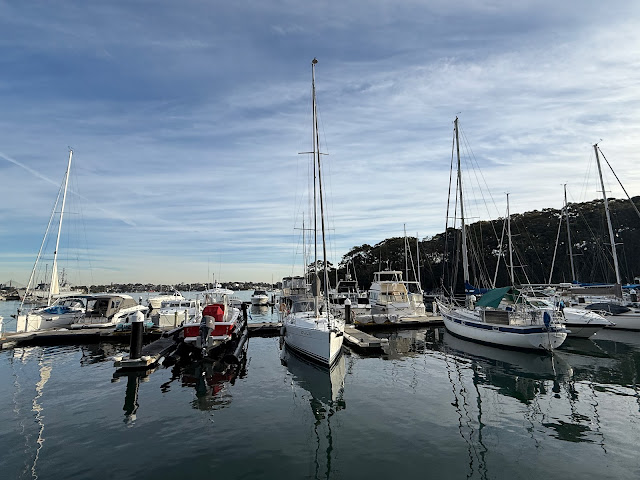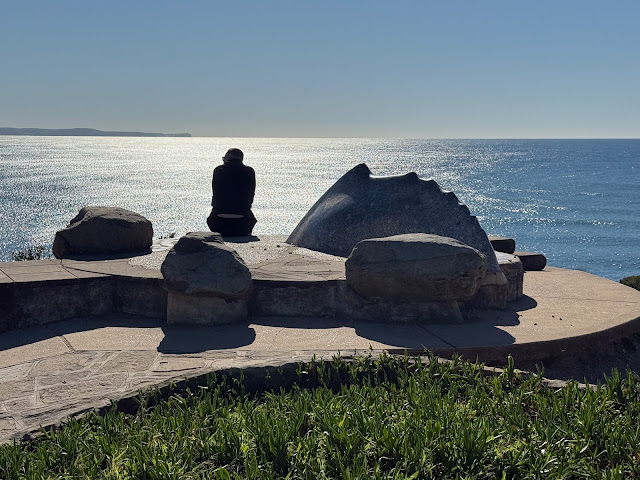I'm so fortunate to have Berry Island in my backyard. I always love walking here, bathing amongst the beautiful trees and walking down to the little beach where, to my delight, I saw a little kingfisher.
Once a true island in Sydney Harbour, Berry Island was connected to the mainland in the early 19th century via a stone causeway, later expanded into a grassy isthmus. It was named after Alexander Berry, who, along with Edward Wollstonecraft, received the land as part of a grant from Governor Macquarie around 1820–1822.
The site holds deep Indigenous significance, once serving as a vital fishing, hunting, and camping area for the Cammeraygal people. It has been heritage-listed and protected as a reserve since 1926.















































































